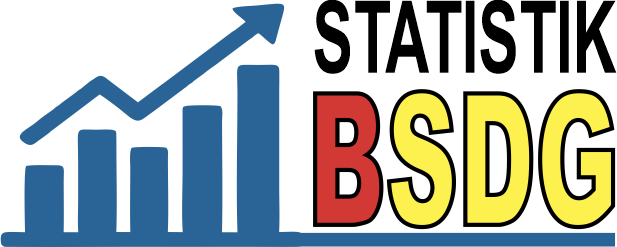CHARACTERISTICS OF GAS SHALE IN DAKEBO FORMATION, AT WAGHETE AREA - PAPUA PROVINCE
Abstrak
Dakebo Formation is found in Akimeugah Basin. The formation is interpreted as Pliocene in age and it is sedimented on alluvial fan and flood plain environment, composed by conglomerate, sandstone, sandy shale, mudstone and lignite. In megascopic view, samples of rock in this area are blackish gray. Among shale beds there are thin sandstones and limestones layers as well as remains of
brownish to blackish plants. The organic geochemistry and maceral analyses indicate that samples of rock contain organic material with fair to very good classification as source rocks, and consist of vitrinite and liptinite macerals. The presence of vitrinite maceral is ‘rare to major’ and liptinite is ‘rare to common’. Based on the TOC analysis, abundance of the organic material is about 3.11% to 12.62% with type II and type III kerogen. T value is about 401ºC to 431ºC and Rv is 0.28% to 0.31% indicated that organic material is immature. Kerogen type II has prone to produce oil and type III has prone to produce gas.
##plugins.generic.usageStats.downloads##
Referensi
Anonymous, (2011): Preliminary Investigation on Gas Shale in Waghete and Surrounding Area, Deiyai Regency,Papua Province, Unpublished report of Center for Geological Resources, Bandung (In Indonesian).
Bocora, Jan, (2012), Global prospects for the development on unconventional gas, International Congress on
Interdisciplinary Business and Social
Science, Sydney.
Cook, A.C. (1982), The origin and petrology of organic matter in coal, oil shales and petroleum source rocks, University of Wollongong, Australia.
Etminan, S., Reza, Javadpour, F., Maini, Brij,B., Chen, Zhangxin, (2014),
Measurement of gas storage processes in shale and of the molecular diffusion coefficient in kerogen, International Journal of Coal Geology, vol. 43
Harahap, Bhakti, H., Syaiful B., Baharuddin,Suwarna N., Panggabean H.,
Simanjuntak T.O. (2003), Stratigraphic Lexicon of Indonesia, (Special
Publication No. 29), Geological Research and Development Centre,
Bandung.
Hutton, A.C. (2006): Organic petrography and classification of oil shales: Oil shales workshop, University of Wollongong, Australia.
Panggabean, H. and Pigram, C.J., (1989):Geologic Map of Waghete Quadrangle, Irian Jaya, , Geological Research and Development Center, Bandung, Indonesia
Peters, K.E., and Cassa, M.R. (1994): Applied source rock geochemistry: The petroleum system from source rock to trap, AAPG Memoirs # 60.
Subroto, E.A. (2004) Introduction to Petroleum Gechemistry, Departemen Teknik Geologi, ITB, Bandung (in Indonesian).
Taylor, G.H., Teichmuller, M., Davis, A.,Diessel, C.F.K., Littke, R., Robert, P.(1998): Organic petrology: A new handbook incorporating some revised
parts of Stach’s textbook of coal petrology, Gebruder Borntraeger, Berlin,
Stuttgart.
Tissot, B.P.,and Welte, D.H. (1984): Petroleum formation and occurence, Springer Verlag, Berlin.
Waples, D.W. (1985): Geochemistry in petroleum exploration, International Human Resources Development Corporation, Boston.
Yen, T.F., and Chilingarian, G.V. (1976): Oil shale, Elsevier, Amsterdam.
##submission.copyrightStatement##
##submission.license.cc.by-nc-sa4.footer##Penulis yang naskahnya diterbitkan menyetujui ketentuan sebagai berikut:
Hak publikasi atas semua materi naskah jurnal yang diterbitkan/dipublikasikan dalam situs Buletin Sumber Daya Geologi ini dipegang oleh dewan redaksi dengan sepengetahuan penulis (hak moral tetap milik penulis naskah).
Ketentuan legal formal untuk akses artikel digital jurnal elektronik ini tunduk pada ketentuan lisensi Creative Commons Attribution-ShareAlike (CC BY-SA), yang berarti Buletin Sumber Daya Geologi berhak menyimpan, mengalih media/format-kan, mengelola dalam bentuk pangkalan data (database), merawat, dan mempublikasikan artikel tanpa meminta izin dari Penulis selama tetap mencantumkan nama Penulis sebagai pemilik hak cipta.
Naskah yang diterbitkan/dipublikasikan secara cetak dan elektronik bersifat open access untuk tujuan pendidikan, penelitian, penyelidikan, dan perpustakaan. Selain tujuan tersebut, dewan redaksi tidak bertanggung jawab atas pelanggaran terhadap hukum hak cipta.















